|
Antillean Nighthawk Chordeiles gundlachii Querequequé,
|
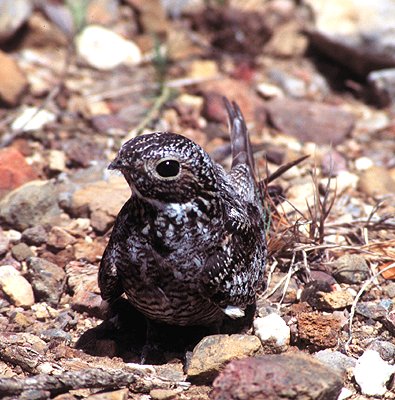 |
|
Photo: L. Miranda
|
|
Antillean Nighthawk Chordeiles gundlachii Querequequé,
|
 |
|
Photo: L. Miranda
|
|
IDENTIFICATION: A mottled-gray, long-winged bird, with a buffy tinge to the undersides. A white band on each wing is obvious in flight. The male has a white band on the underside of the tail, and a white rather than buffy throat patch. Length: 20-21 cm.; weight: 50 g. VOICE: A nasal, three-note call, in the rhythm of its Spanish name, "Querequequé." Audio (M. Oberle). The Common Nighthawk (Chordeiles minor) breeds in North America and migrates through the West Indies in the fall and spring. It has a single call note, "peent", but is usually silent on migration. HABITAT: Open country, coasts, agricultural fields, pastures, and limestone forests. HABITS: One of the few land birds that breed in Puerto Rico in the summer but migrate south for the winter. At twilight the nighthawk darts back and forth over open country, catching insects, such as beetles, flies, mosquitoes, moths, and flying ants. Its wide mouth is well adapted to seizing prey in mid-air. The nighthawk is so well camouflaged that it is hard to see when perched on the ground---until it takes off. After arriving in the spring, the male has a dramatic courtship display in which he repeatedly dives from high in the air and pulls up just before reaching the ground. The nest is a scrape in gravel or sand. It often nests on flat, gravel-roofed buildings on shopping malls and factories where it is safe from ground predators. The female lays one, sometimes two eggs and incubates then for about 19 days. STATUS AND CONSERVATION: A local, summer resident in Puerto Rico, with migrants arriving typically in April and departing by September. However, rare individuals have been reported even in December and January. The introduced mongoose has probably affected this species, as with other ground nesters, but clearing of forests in the 19th Century may have opened more habitat for the nighthawk. RANGE: Breeds from the Florida Keys, the Bahamas and Cuba east to the Virgin Islands. Most likely winters in South America. A regular place to find this species is at Cabo Rojo, and over many shopping malls. TAXONOMY: CAPRIMULGIFORMES; CAPRIMULGIDAE; Chordeilinae |
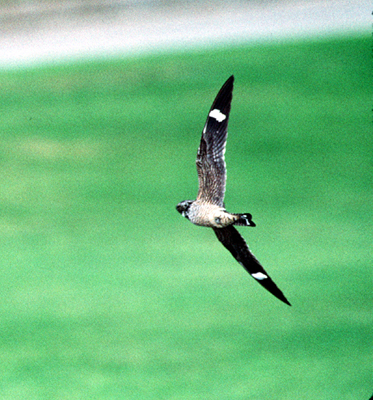 |
|
Photo: B. Hallett
|
 |
|
Photo: B. Hallett
|
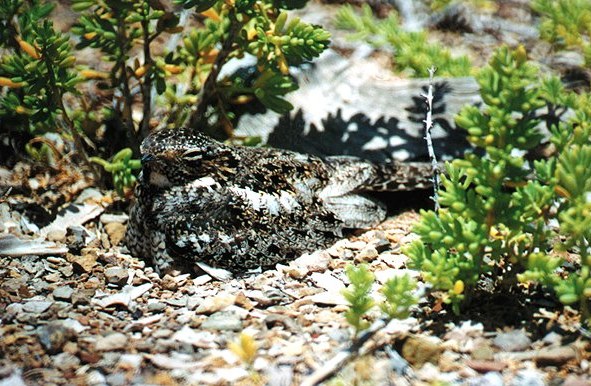 |
|
Photo: C. Ruiz
|
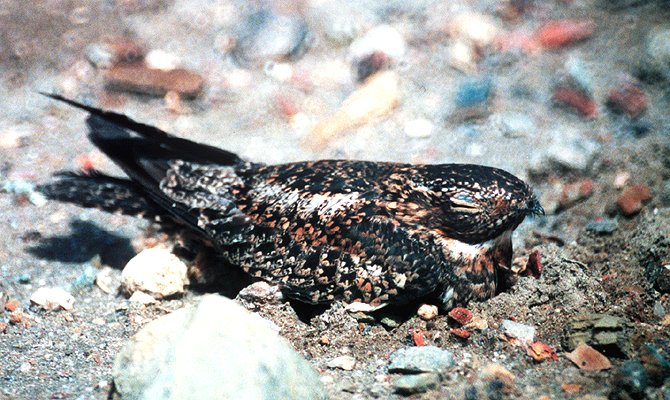 |
|
Photo: C. Ruiz
|
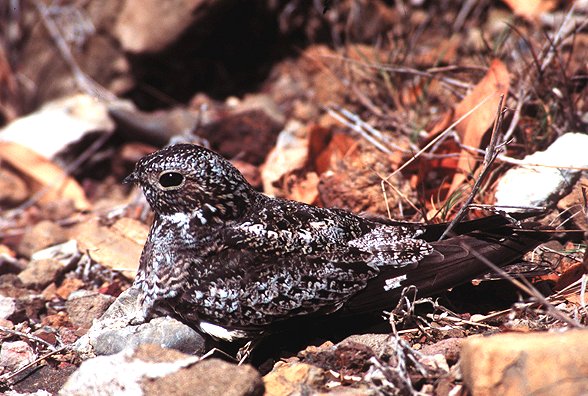 |
|
Photo: L. Miranda
|
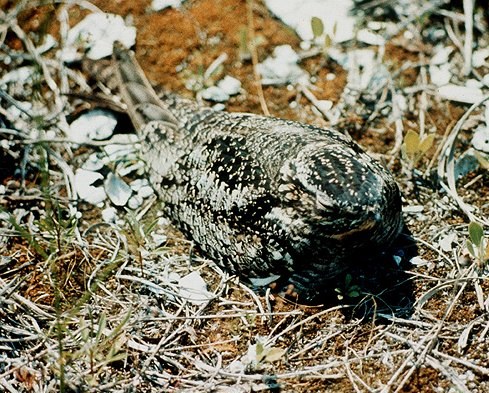 |
|
Photo: C. Ruiz
|
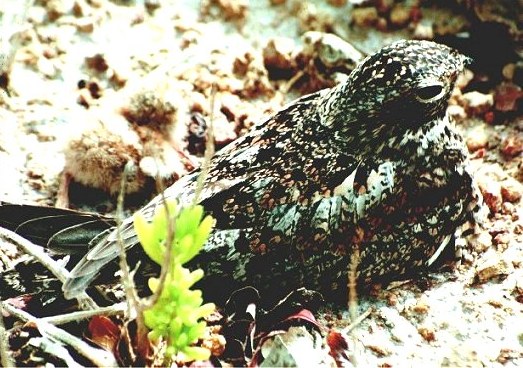 |
|
Photo: E. Ventosa
|
|
References del Hoyo, J., A. Elliott, and J. Sargatal, eds. 1999. Handbook of the Birds of the World, Vol. 5. Barn Owls to Hummingbirds. Lynx Edicions, Barcelona. Bent, A.C. 1940. Life histories of North American cuckoos, goatsuckers, hummingbirds and their allies. Smithsonian Instit. U.S. National Museum Bull. 176. (Reprinted by Dover Press, NY, 1964). Cleere, N. and D. Nurney. 1998. Nightjars: a guide to nightjars and related nightbirds. Pica Press, Robertsbridge, East Sussex, UK. del Hoyo, J., A. Elliott, and J. Sargatal, eds. 1999. Handbook of the Birds of the World, Vol. 5. Barn Owls to Hummingbirds. Lynx Edicions, Barcelona. Bradley, P. and Y. Rey-Millet. 1985. Birds of the Cayman Islands. P.E. Bradley, George Town, Grand Cayman. Ehrlich, P.R., D.S. Dobkin, and D. Wheye. 1988. The birder’s handbook: a field guide to the natural history of North American birds. Simon and Schuster/ Fireside, NY. Guzy, M. J. 2002. Antillean Nighthawk (Chordeiles gundlachii). No. 619 in The Birds of North America (A. Poole and F. Gill, eds.). The Birds of North America, Inc., Philadelphia, PA. Raffaele, H.A. 1989. A guide to the birds of Puerto Rico and the Virgin Islands. Princeton. Raffaele, H.A. 1989. Una guía a las aves de Puerto Rico y las Islas Vírgenes. Publishing Resources, Inc., Santurce, PR. Raffaele, H.A., J.W. Wiley, O.H. Garrido, A.R. Keith, and J.I. Raffaele. 1998. Guide to the birds of the West Indies. Princeton. Antillean Nighthawk, Spanish text Next related species in taxonomic order Previous related species in taxonomic order |